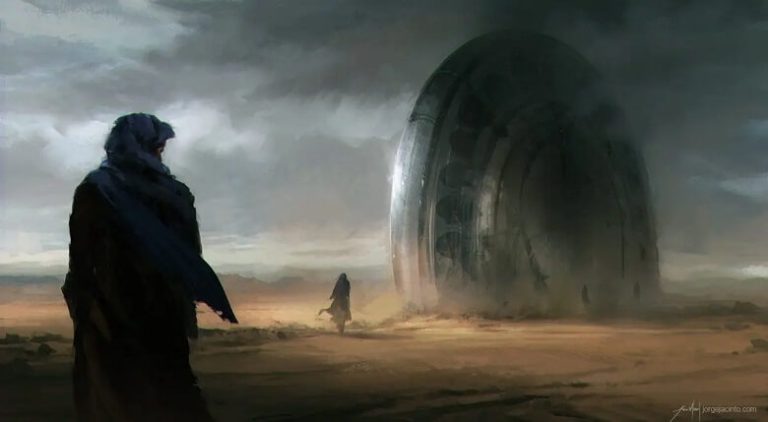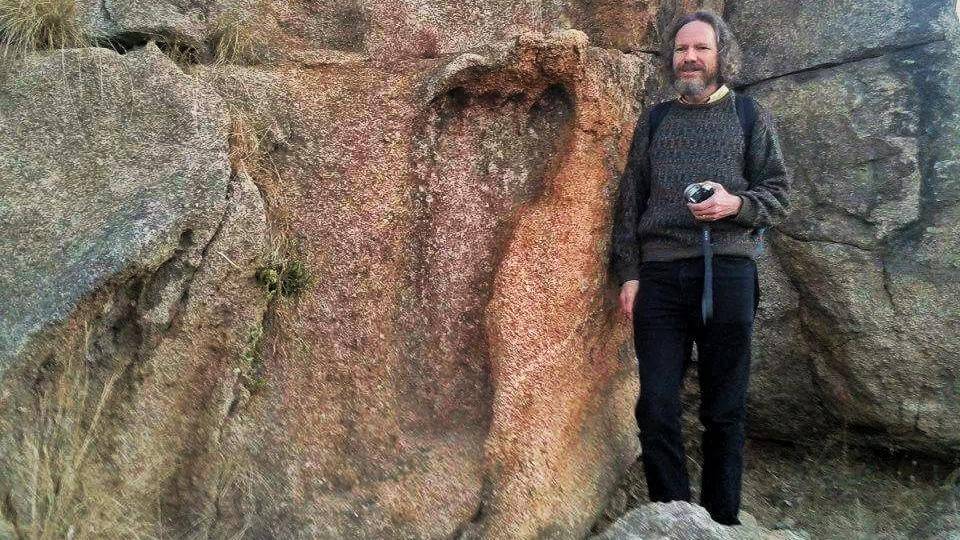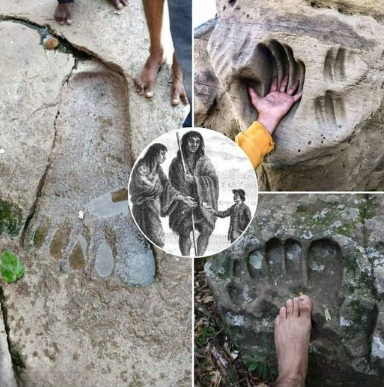South African author, scientist, researcher, and explorer Michael Tellinger (nicknamed “The South African Indiana Jones”) displays what might be one of the most compelling pieces of evidence that giants previously roamed the Earth.
According to Prof. Pieter Wagener from the Nelson Mandela Metropolitan University in Port Elizabeth SA, and a PhD in applied maths, “there is a larger possibility of small green guys arriving from space and sucking it out with their tongues than it being generated by natural erosion.” It is situated in South Africa, close to the Swaziland border, in the town of Mpaluzi.
Because of our present understanding of granite formation throughout Earth’s history, it is believed to be between 200 million to 3 billion years old.

This dating instantly sparks heated disagreement, so it will be better for us to have an open mind and focus on the data.
At the time, this was a desolate region of South Africa known as the Eastern Transvaal, which was filled with animals such as antelope and lions.
It is still in the same state as when it was discovered, and the likelihood of it being a tormented hoax is exceedingly minimal due to its isolated location. Even now, it is rare to come across.
The true mystery is how this incredible phenomenon occurred ― no, we have any idea ― but it is here and we cannot wish it away.
Yes, it is granite; it is a well-known geological feature of South Africa, and it is depicted on all geological charts; which is why the footprint is such a mystery.

Robert Schoch standing near the strange granite impression that has been controversially interpreted as a giant footprint.
It may be described as a “phenocrystic” granite OR coarse porphyritic granite that went through numerous cooling phases. The end product is an intriguing blend of large and tiny grains.
This is why granite merchandizers want to mine in this location since the granite will seem very “beautiful” when polished.
This outcrop is known as Mpuluzi Batholith ( Granite) in South African Geology, and the official dating of this rock revealed dates of roughly 3.1 billion years.
“This is a true riddle that requires precise scientific investigation.”
* * *



